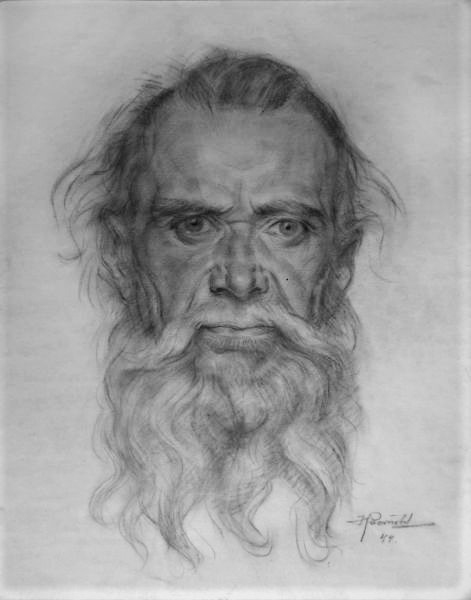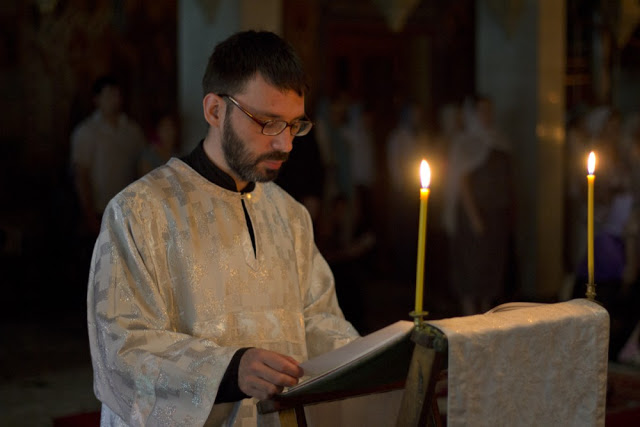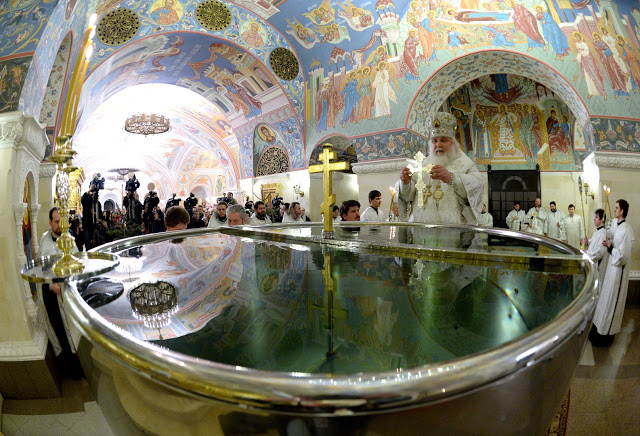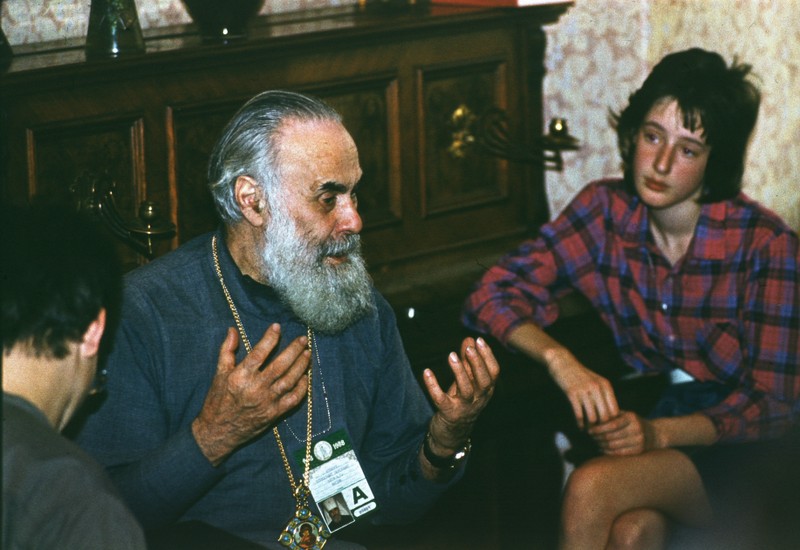
Most priests of the Russian Orthodox Church wear long hair. A bearded man with long hair – a classic and already familiar image of a typical Russian priest. And sometimes it seems that Orthodox priests have always looked like this, and long hair is the canon of a decent appearance for all the clergy. But has it always been like this? Let’s try to answer this question.
The tradition of tonsure. Before Orthodox priests started to grow their hair, there was a quite common tradition, both in the West and in the East, to cut them on the top of the head. This is evidenced by the rule 21 of the VI Council in Trulla (691 year), which states that even excommunicated priests who repented should still “cut their hair in the image of the clergy”. The rule doesn’t specify how exactly hair should be cut, but everyone already knew this, and the authoritative canonists say precisely about cutting out a tonsure. As early as the end of the 7th century, the practice of cutting out a tonsure had long been known and was considered the norm for the clergy. Tonsure, as well as the rest of the hair, symbolized the Savior’s crown of thorns. In Russia tonsure among the clergy was entrenched immediately after the adoption of Christianity from Byzantium, and the clergy were called “strizhniki” (russ. someone who has cropped hair) by the people. Hair cut took place right after an acceptance to the clergy, that is, from being ordained to the reader. The bishop cut his head crosswise, which is still happening today, after that other clergymen cut a newcomer’s tonsure out. Tonsure was considered an important sign of belonging to the clergy and had to be cut throughout whole life. Skufia, a hat that covered and warmed a tonsure, was considered important subject. If someone touched it and dropped it on the ground, it was considered this person committed a serious sin. The custom of cutting a tonsure was confirmed by Patriarch Nikon, as well as at the Moscow Council in 1675. However, another 100 years will pass and the tonsure tradition will disappear, gradually giving way to the new tradition of growing hair.

The tradition of growing hair. Fashion for long hair came from Greece and, most likely, it happened under the influence of monasticism. The monks wore long hair emulating ancient fathers-hermits, who had no need to cut their hair, and also emphasizing their succession to the Old Testament Nazarenes, who vowed not to cut their hair. Jesus Christ wore long hair, so there was a tradition to emulate the Lord in this. For a long time, both traditions coexisted in Russia and it is impossible to say exactly when a new tradition appeared or when the old one finally disappeared. There is some evidence of foreigners, for example, of deacon Pavel Aleppsky, who said Moscow priests wore long hair and at the same time they cut tonsure. Here is what he wrote in his diary: “They always keep hair in order and brush them often; at the same time, they like looking in the mirror, which there is one or two in each altar: they constantly look in them, primping and brushing their hair freely. Therefore, with their solidity, good manners and extreme courtesy, they are extremely honourable”. Over time, all clergymen started to be recognized precisely by their long hair, while a tonsure was preserved only by Old Believers who made fun of the “Nikon’s” priests, calling them ladies who pay too much attention to their hair. Also, Old Believers quoted Apostle Paul: “if a man have long hair, it is a shame unto him?” (1 Corinthians 11:14). Priests with long hair said that these words of Apostle Paul are not a commandment, but the custom of his time.
Nowadays, many priests wear long hair, but many have their hair cut shortly as well, remembering the words of Apostle Paul, and not wanting to distance themselves from their parishioners. However, perhaps no one would wish for a revival of more ancient practice of tonsure, which in the modern world would look too archaic and even comical. The main criterion in the hair issue should be the practicality and each person’s choice in following their beliefs and the tradition that suits them more. One just should not impose his beliefs in suсh minor issue on others.



